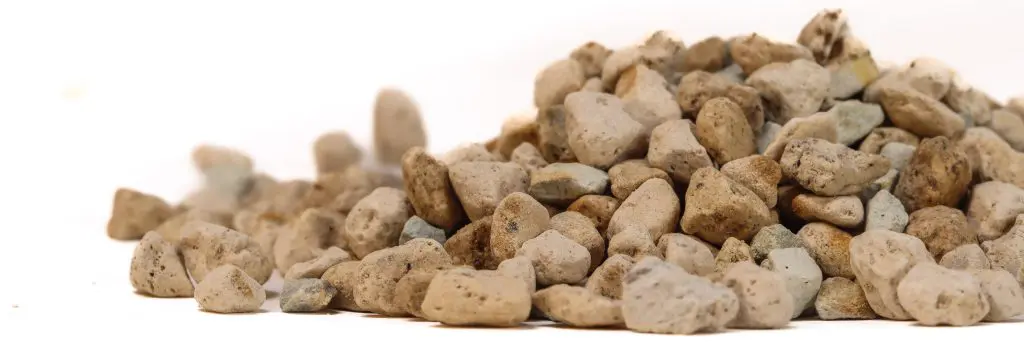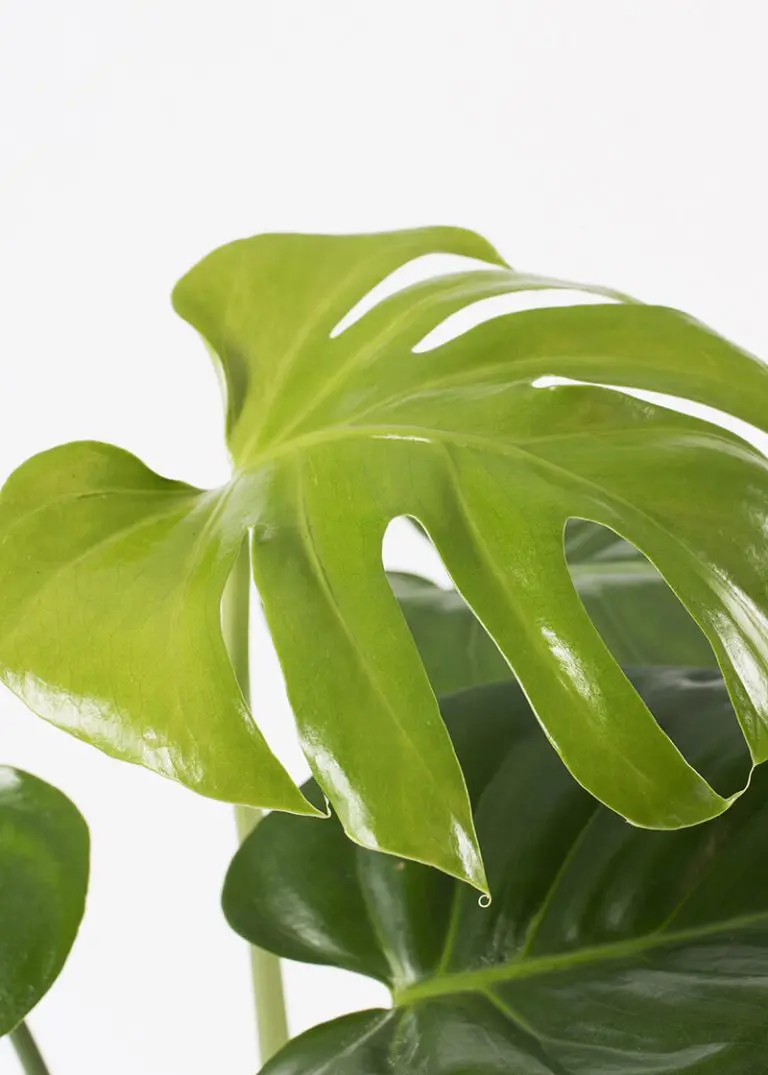




Monstera deliciosa (also known as the Swiss Cheese Plant or Split-leaf Philodendron) is a striking tropical climber native to southern Mexico and Central America.
Latin name
Monstera deliciosa
Pronunciation
(“mon-STIR-rah del-liss-EE-oh-sah”)
Common name
Swiss Cheese Plant
Origin
Southern Mexico and Central America
Swiss Cheese Plant is a large, vigorous climber, prized for its distinctive foliage.
Mature leaves can reach 50 cm or more and develop deep lobes with large perforations, giving rise to the nickname “Swiss Cheese Plant.” Depending on the variety, leaves may be deep green or variegated with cream and white. Young plants start with entire, unperforated leaves that gradually develop their signature holes as they age.
These openings help the plant withstand strong winds in its native hurricane belt — hence another common name, “Hurricane Plant.” Monstera deliciosa anchors itself with aerial roots, which also absorb some moisture from mist and benefit from a sturdy support such as a moss pole.
During the 19th century the plant was grown both for its striking foliage and for its fruit. In glasshouse conditions the arum-like flowers can develop into white, banana-shaped fruits called cerimans, which taste like a blend of pineapple and banana. These are rarely produced indoors, and some people may find the tiny spiny hairs on the fruit irritating to the mouth and throat.
Did you know?
Monstera deliciosa contains insoluble calcium oxalate crystals and is mildly toxic to pets and children if chewed or eaten, causing mouth and stomach irritation.
caring for your plant

Light
Medium to medium-high light. Avoid low light and also direct sunlight in the summer.

Watering
The soil should be kept moist, but not wet, and should be allowed to dry out a little. Despite its size and jungle origins, it is not a heavy water user.

Pruning
Long, leggy plants can be cut back to encourage branching.

Feeding
A weak solution of fertilizer added to the water at each watering will be sufficient.

pest & diseases
Generally pest free, but mealybugs and two-spotted spider mites can be an occasional problem. Keep the plant misted to deter spider mites, and remove mealybugs when you see them by wiping off with a damp cloth or paper towel.
Where the Monstera deliciosa originates from

This species originates in southern Mexico and Central America.
Our plants are grown in Ecoponic, an alternative to soil. Officially known as a vulkaponic substrate, it replaces traditional compost with a clean, mineral-based medium that helps protect peatlands.
According to the IUCN UK Peatland Programme, “A loss of only 5% of UK peatland carbon would be equal to the UK’s annual greenhouse gas emissions.” As well as storing carbon, the natural wetlands where peat is found are critical to the survival of plants and wildlife. Ecoponic also improves plant health and uses water more efficiently.
Find out more about Ecoponic here.


Buy one of my cousins from the nursery
Did you know?
Plantopedia is brought to you as part of our Engage & Bloom workplace experience program.
explore more
Why not continue your journey through the plant world. Explore more plants, their stories, habitats and the benefits they bring to spaces.






















